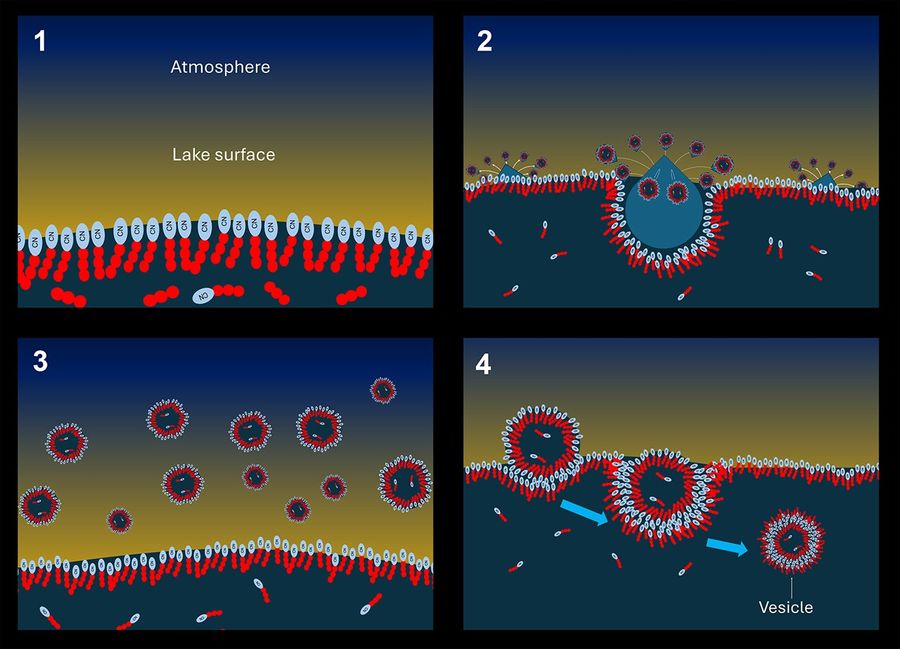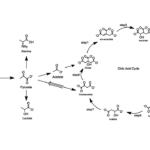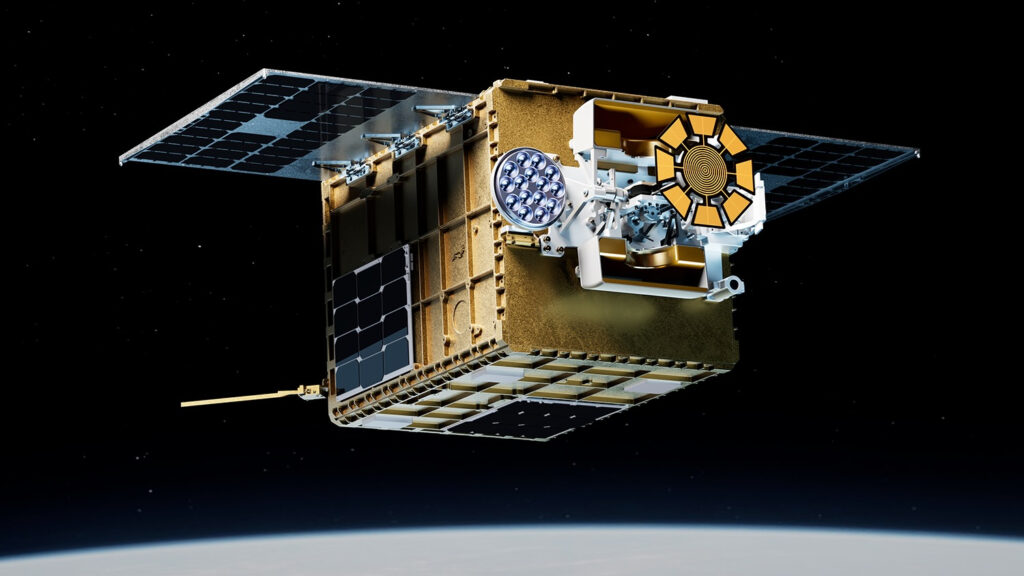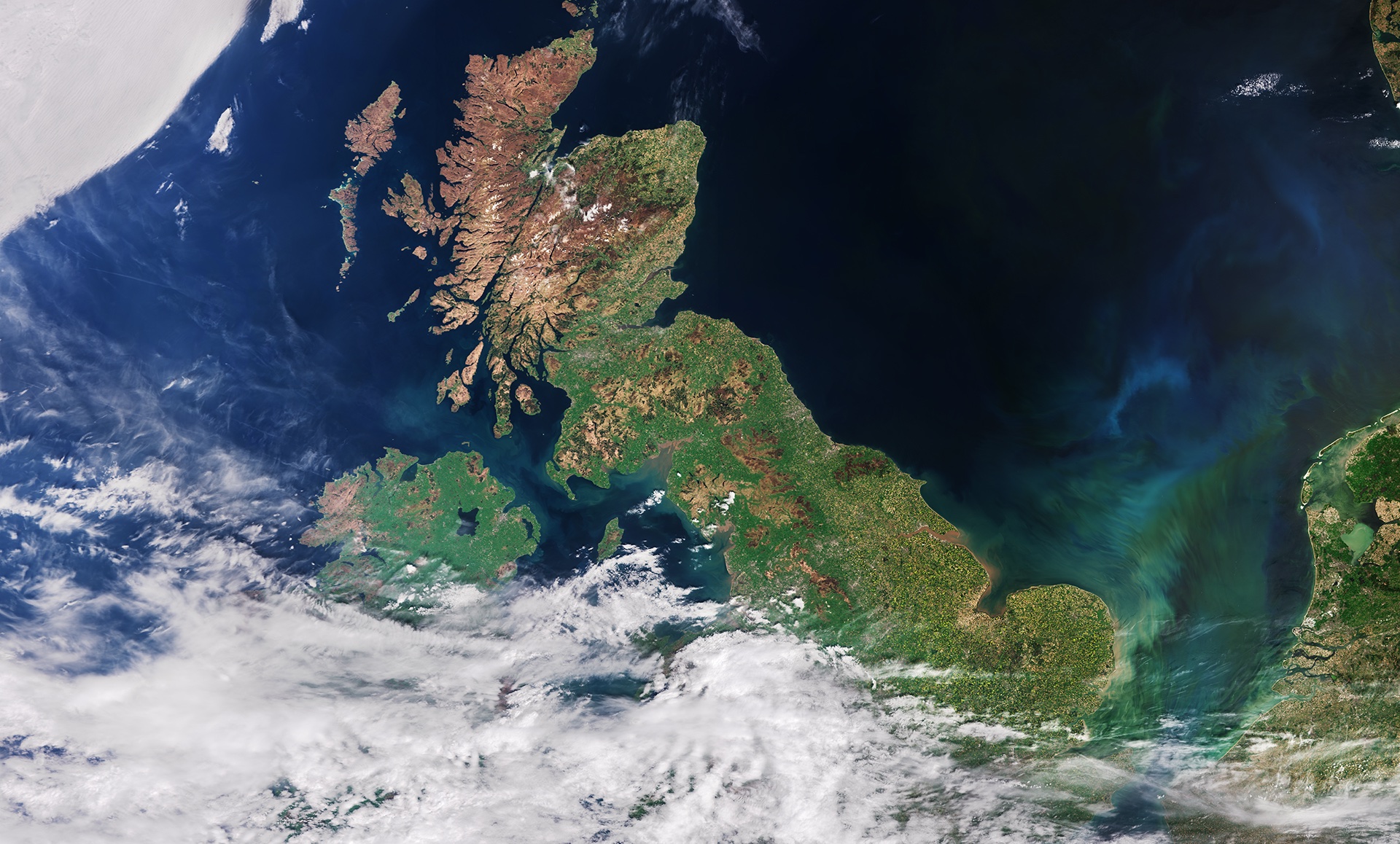Now Reading: The precursors of life could form in the lakes of Saturn’s moon Titan
-
01
The precursors of life could form in the lakes of Saturn’s moon Titan
The precursors of life could form in the lakes of Saturn’s moon Titan

NASA scientists have found that cell-like compartments called vesicles, needed to form the precursors of living cells, could form in the lakes of Titan, Saturn’s largest moon.
These lakes and Titan‘s seas are filled with liquid hydrocarbons like ethane and methane rather than water. And though we know water is a key ingredient of life on Earth, astrobiologists have theorized that Titan’s liquid hydrocarbons could allow the molecules needed for life to form, whether that life is similar to what we see on Earth or a very different form of life.
This new research suggests a way vesicles could form on Titan based on what we know about its atmosphere and chemistry. The formation of such compartments is a key step on the road to the development of “protocells.”
“The existence of any vesicles on Titan would demonstrate an increase in order and complexity, which are conditions necessary for the origin of life,” Conor Nixon of NASA’s Goddard Space Flight Center said in a statement.
“We’re excited about these new ideas because they can open up new directions in Titan research and may change how we search for life on Titan in the future.”
The path to life starts with pockets
The process of creating vesicles begins with molecules called amphiphiles, dual-nature molecules with both water-loving (hydrophilic) and water-repellent (hydrophobic) ends. Under certain conditions, these molecules can self-organize to create vesicles.
On Earth, when amphiphiles meet water, they group together to form spheres similar to soap bubbles with the water-loving end facing outwards, protecting the hydrophobic end.
If two layers of amphiphiles are together, they can form a bilayer “ball” with a shell of water sandwiched between the two layers of molecules. A structure that resembles a living cell.
This process would be very different on Titan due to its environment, one that is radically different than Earth’s.

Titan isn’t just the largest moon in the solar system; it is also the moon with the densest atmosphere. This is primarily because of Titan’s cool temperature and its distance from the sun, which prevents its atmosphere from being stripped by the solar wind.
From 2004 to 2017, the Cassini spacecraft was able to stare through this substantial atmosphere to discover how the meteorological cycle of Titan has influenced its surface.
Though the majority of Titan’s atmosphere is composed of nitrogen, its clouds are composed of methane that erodes the surface and river channels as it falls as rain and fills its lakes and seas. When exposed to sunlight, the methane evaporates and rises to the atmosphere again, regenerating Titan’s clouds.
The activity of methane through Titan’s atmosphere allows complex chemistry to happen, particularly when sunlight splits methane molecules, creating fragments that recombine as complex organic molecules.

This team theorizes that vesicles might form on Titan when sea-spray droplets are thrown into the atmosphere by methane raindrops landing on the surface of lakes and seas.
If the surfaces of Titan’s seas are coated with layers of amphiphiles, the sea-spray droplets will be too. That means when those launched droplets fall back to the methane seas, they meet the amphiphile sea-layer and form a bilayer vesicle, enclosing the original droplet.
Over time, these vesicles could be dispersed through the lakes and seas, interacting and potentially leading to the creation of protocells.
Related Stories:
The discovery is sure to generate excitement for NASA’s forthcoming Dragonfly mission, which will set off for Titan in 2028. Arriving in 2034, the nuclear-powered rotocopter craft aims to explore prebiotic chemistry and habitability on the Saturnian moon.
Understanding this process as it occurs on Titan, if it is occurring, could shed light on the mystery of how life emerged on Earth.
The team’s research was published on July 10 in the journal International Journal of Astrobiology.
Stay Informed With the Latest & Most Important News
Previous Post
Next Post
-
 01From Polymerization-Enabled Folding and Assembly to Chemical Evolution: Key Processes for Emergence of Functional Polymers in the Origin of Life
01From Polymerization-Enabled Folding and Assembly to Chemical Evolution: Key Processes for Emergence of Functional Polymers in the Origin of Life -
 02Two Black Holes Observed Circling Each Other for the First Time
02Two Black Holes Observed Circling Each Other for the First Time -
 03How New NASA, India Earth Satellite NISAR Will See Earth
03How New NASA, India Earth Satellite NISAR Will See Earth -
 04Thermodynamic Constraints On The Citric Acid Cycle And Related Reactions In Ocean World Interiors
04Thermodynamic Constraints On The Citric Acid Cycle And Related Reactions In Ocean World Interiors -
 05Φsat-2 begins science phase for AI Earth images
05Φsat-2 begins science phase for AI Earth images -
 06Hurricane forecasters are losing 3 key satellites ahead of peak storm season − a meteorologist explains why it matters
06Hurricane forecasters are losing 3 key satellites ahead of peak storm season − a meteorologist explains why it matters -
 07Binary star systems are complex astronomical objects − a new AI approach could pin down their properties quickly
07Binary star systems are complex astronomical objects − a new AI approach could pin down their properties quickly




















